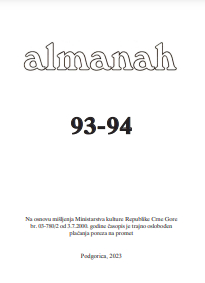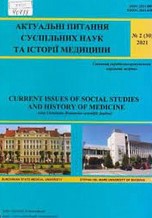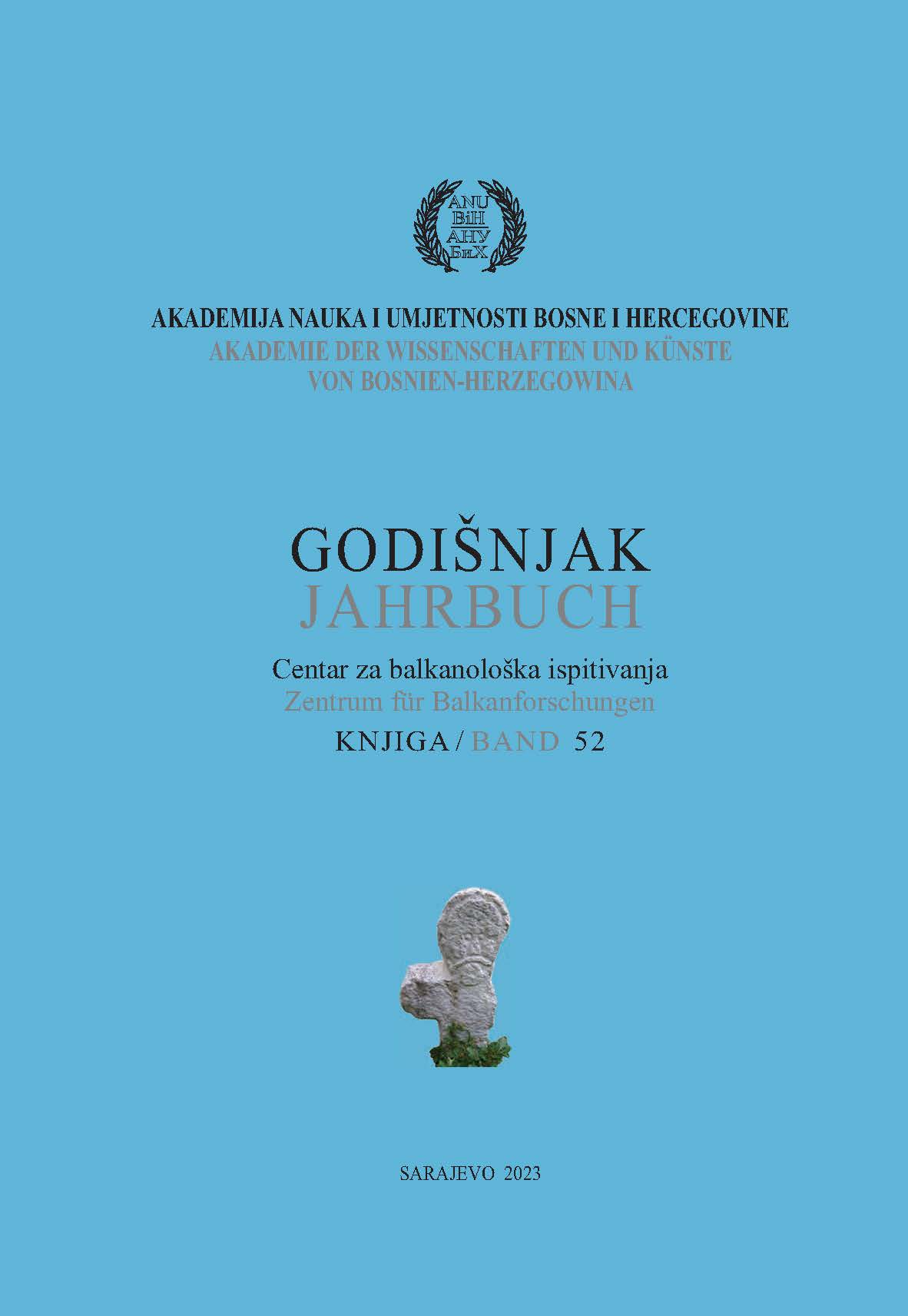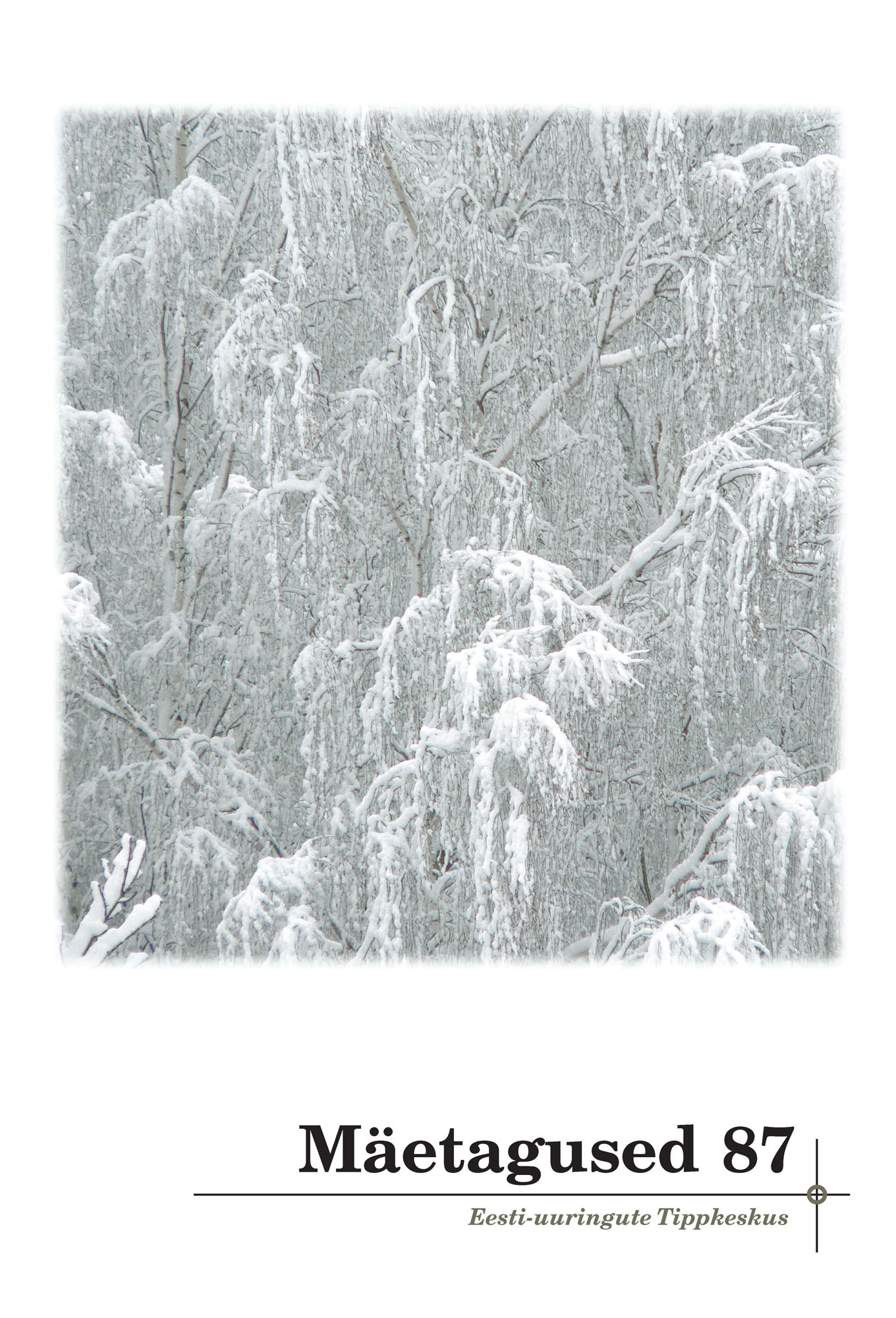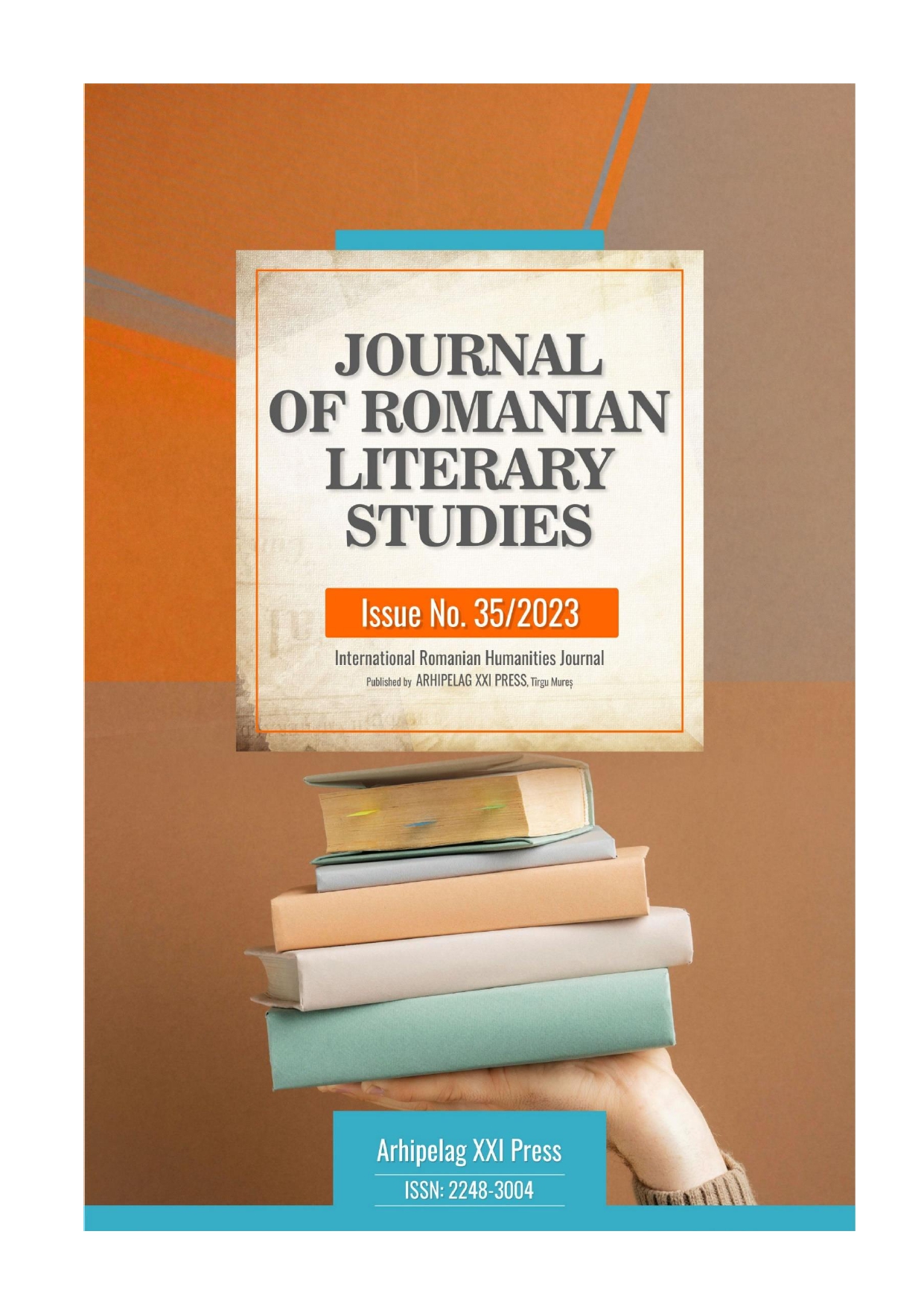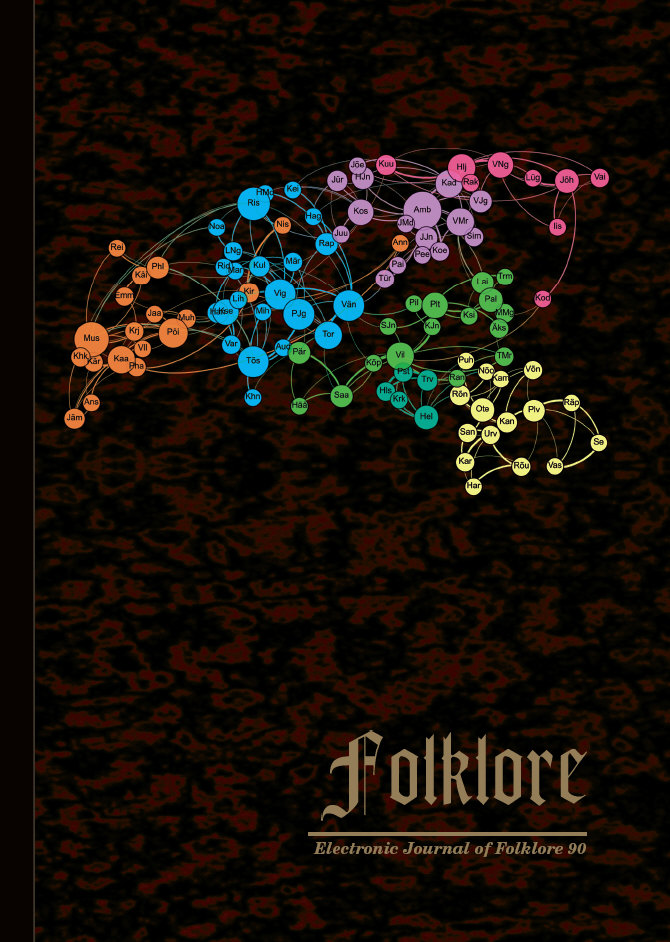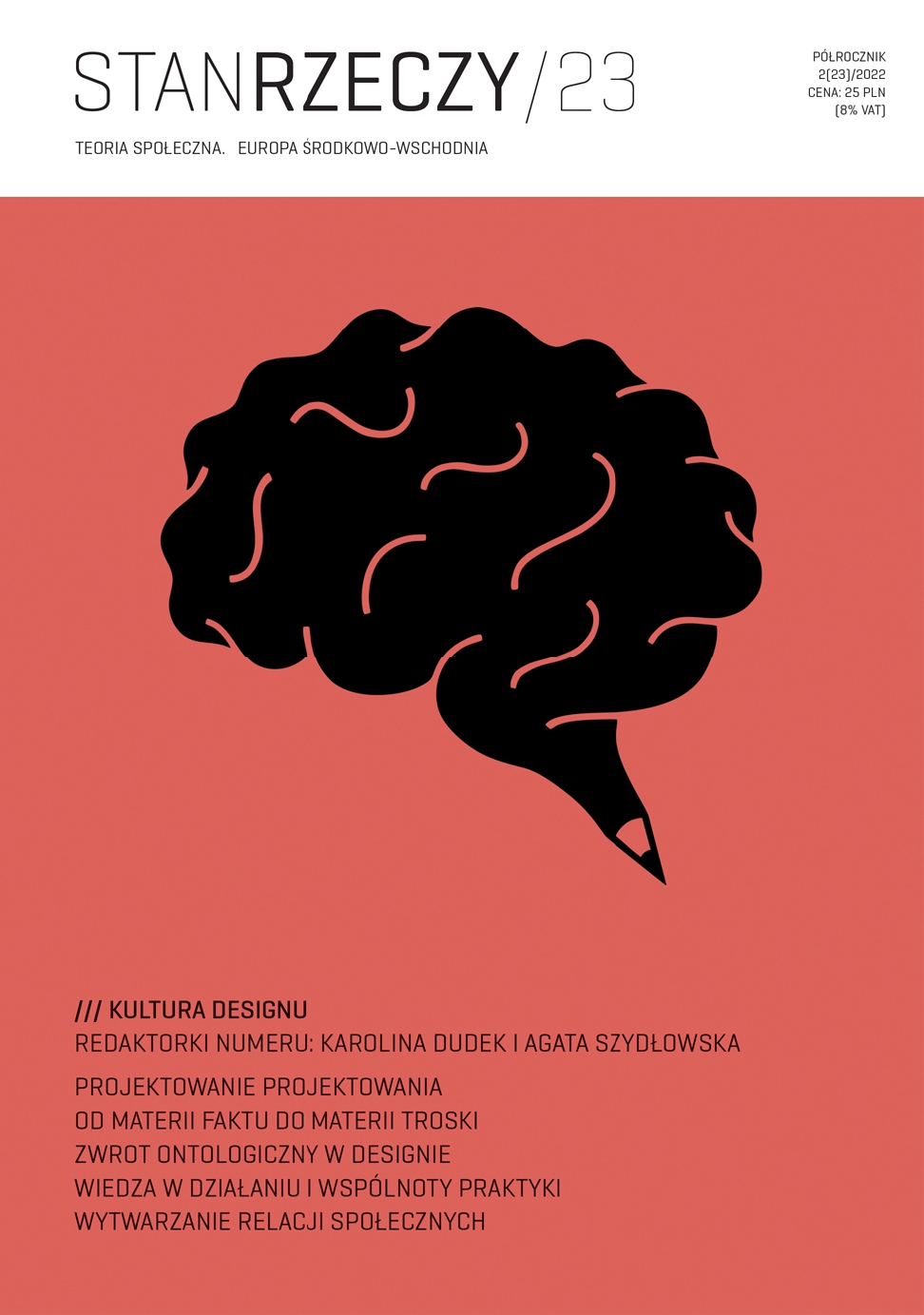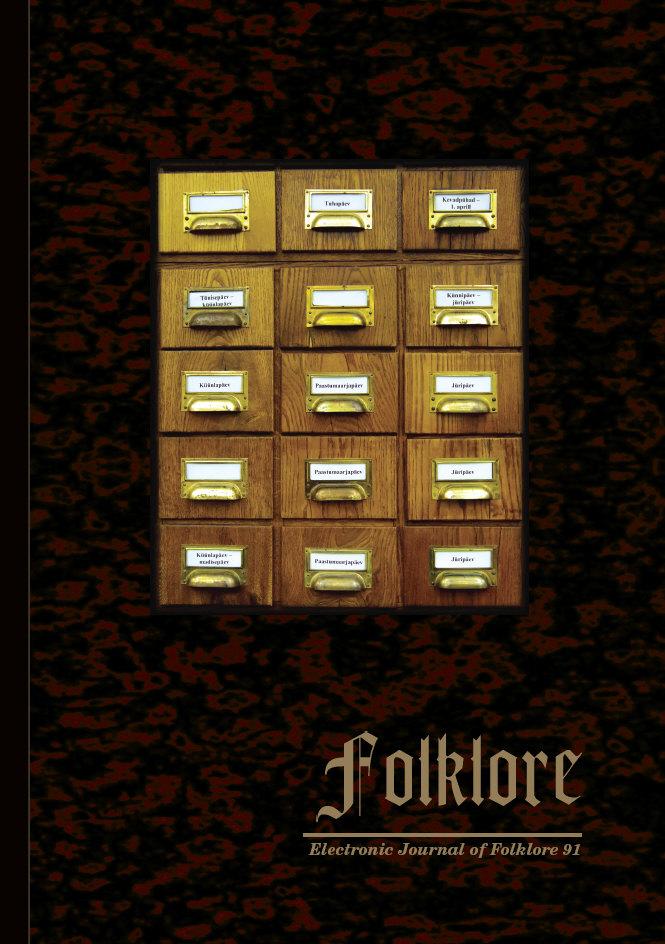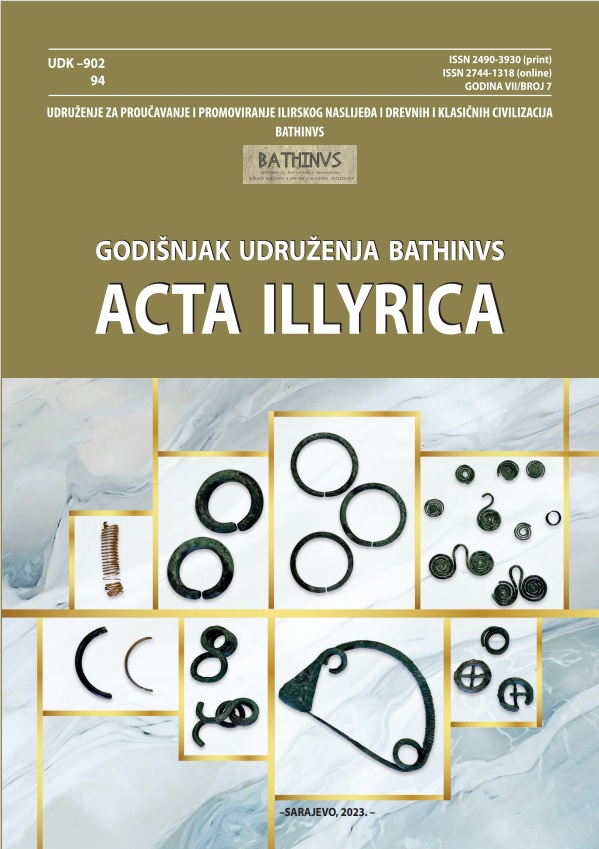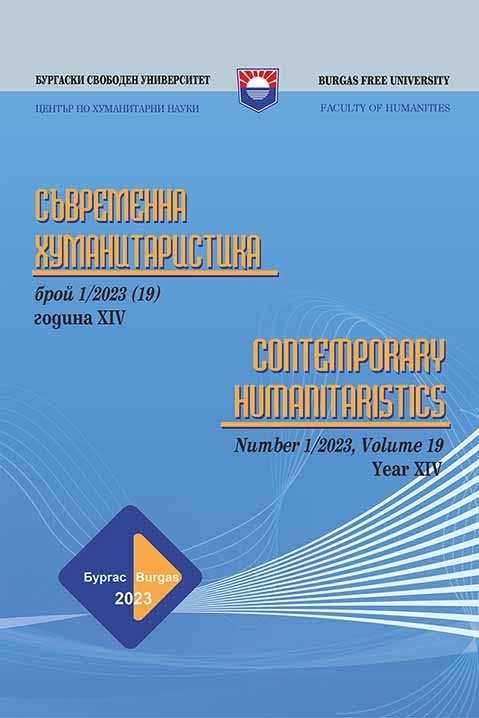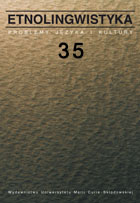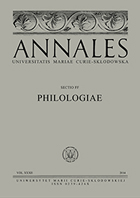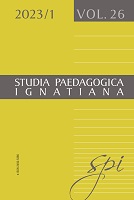
Integration of Immigrants into the Host Society: Participation in Traditions, Holidays, Celebrations and Cultural Life
This article presents the problem of immigrant integration in Poland, which was investigated in a 2022 diagnostic survey of 56 immigrants living in Krakow. The respondents were asked about their opinions on participating in Polish holidays and traditions, introducing their Polish friends to the customs and traditions of their culture and participating in Polish cultural life (Polish cinema, theatre, exhibitions and concerts). The analysis revealed that the vast majority of the respondents (approx. 70%–80%) integrate with the host society to a high degree. The vast majority of the respondents (nearly 90%) claimed that they familiarize their Polish friends with their national culture. Sixty-five percent of the respondents claimed that they participate in Polish cultural life very often or often. However, it is still necessary to support this group of immigrants, who have problems with integration, so there is a need to modify integration policies and introduce intercultural education in schools and universities to a greater degree.
More...
